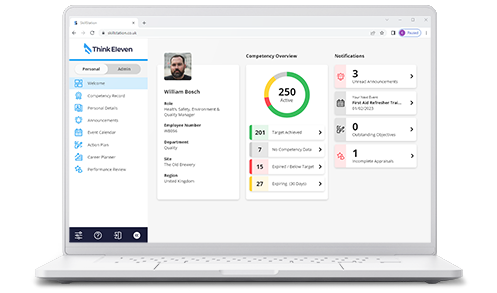Disaster Recovery eLearning Course
Overview
Don’t you just love disaster movies? The drama, the heartache, the suspense. We just love it when things go wrong for other people. And it’s cool when stuff goes kablooey, cities are frozen solid, and government buildings are inhabited by apes. But experiencing an exciting, fictional disaster is very different to experiencing one in real life. So, you need to be prepared.
Disasters, whether natural or cyber, can disrupt your IT infrastructure, putting your money, data, and privacy at risk. Disaster recovery is the process of regaining access and functionality after these disruptions. You’ll need people who know what to do and a robust plan. This might make the difference between a storm in a teacup and, well, kablooey! This course will give you the lowdown.
Outline Learning Objectives:
- Recognise the fundamental components of an effective disaster recovery plan
- Explain how to assemble a disaster recovery team
- Identify key disaster recovery methods
Why take this course?
When you rely on computers for data protection, financial transfers, and day-to-day business, it’s important to put disaster recovery systems in place. In this course you’ll learn about the fundamental parts of a disaster recovery plan, the importance of assembling a recovery team, and some key disaster recovery methods.
This course has a minimum of 25 learner registrations for us to provide a quotation.
Request a Quotation- Language
- UK
- Date last updated
- 12/11/2023
- Duration
- 10 Minutes
- Suitable Devices
-
- PC
- Phone
- Tablet
- Audio is Required
-
- Yes
- Includes Video
-
- Yes
- Downloadable Resources
-
- Take Away Tasks
- Completion Criteria
-
- Visit all pages
- Pass Mark
-
- None
- Course Technology
-
- HTML5
- SCORM 1.2
- Can be customised
-
- No
- Accreditation or Endorsements
-
- CPD
- Languages
-
- Closed Captions
- English
